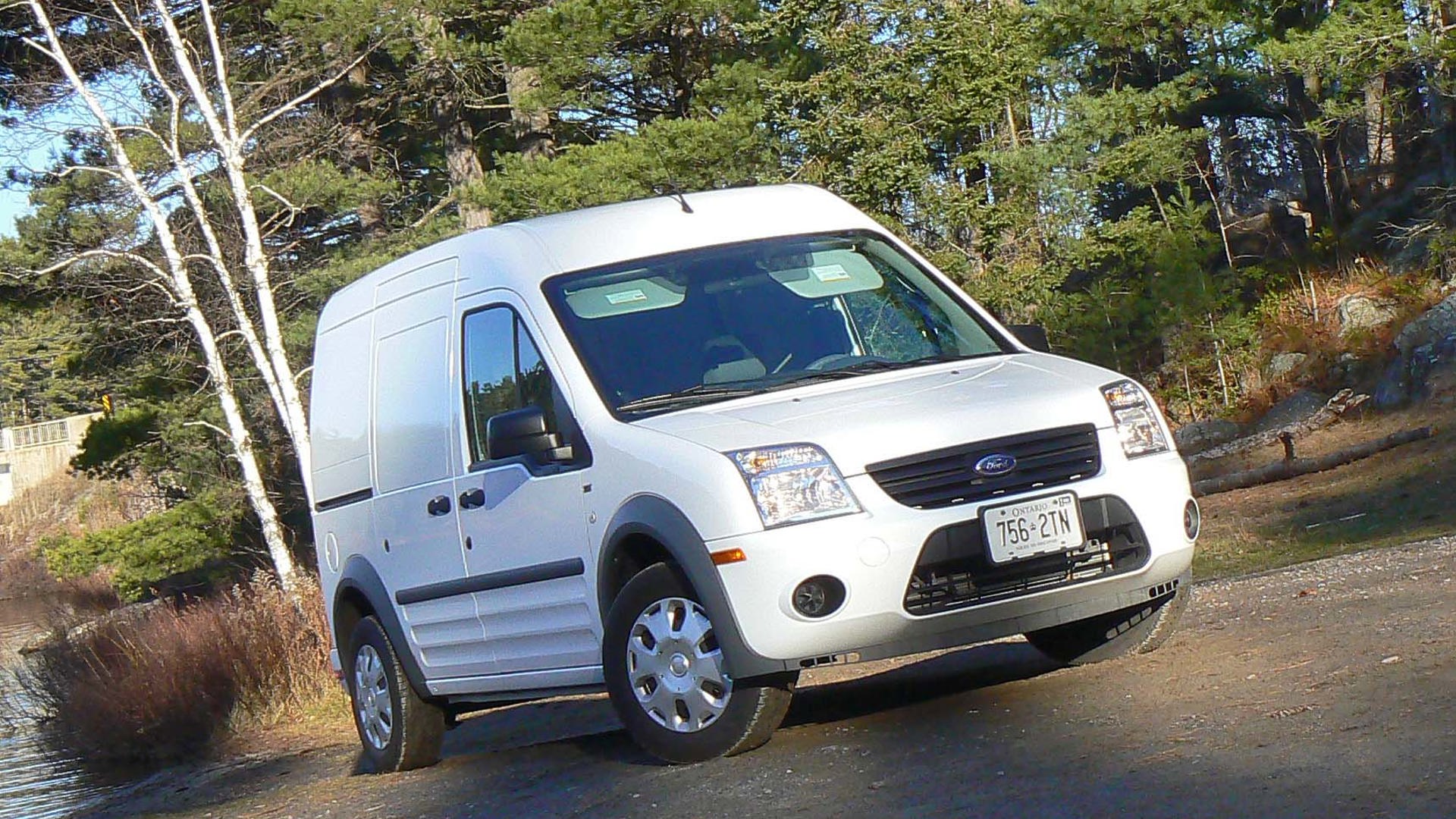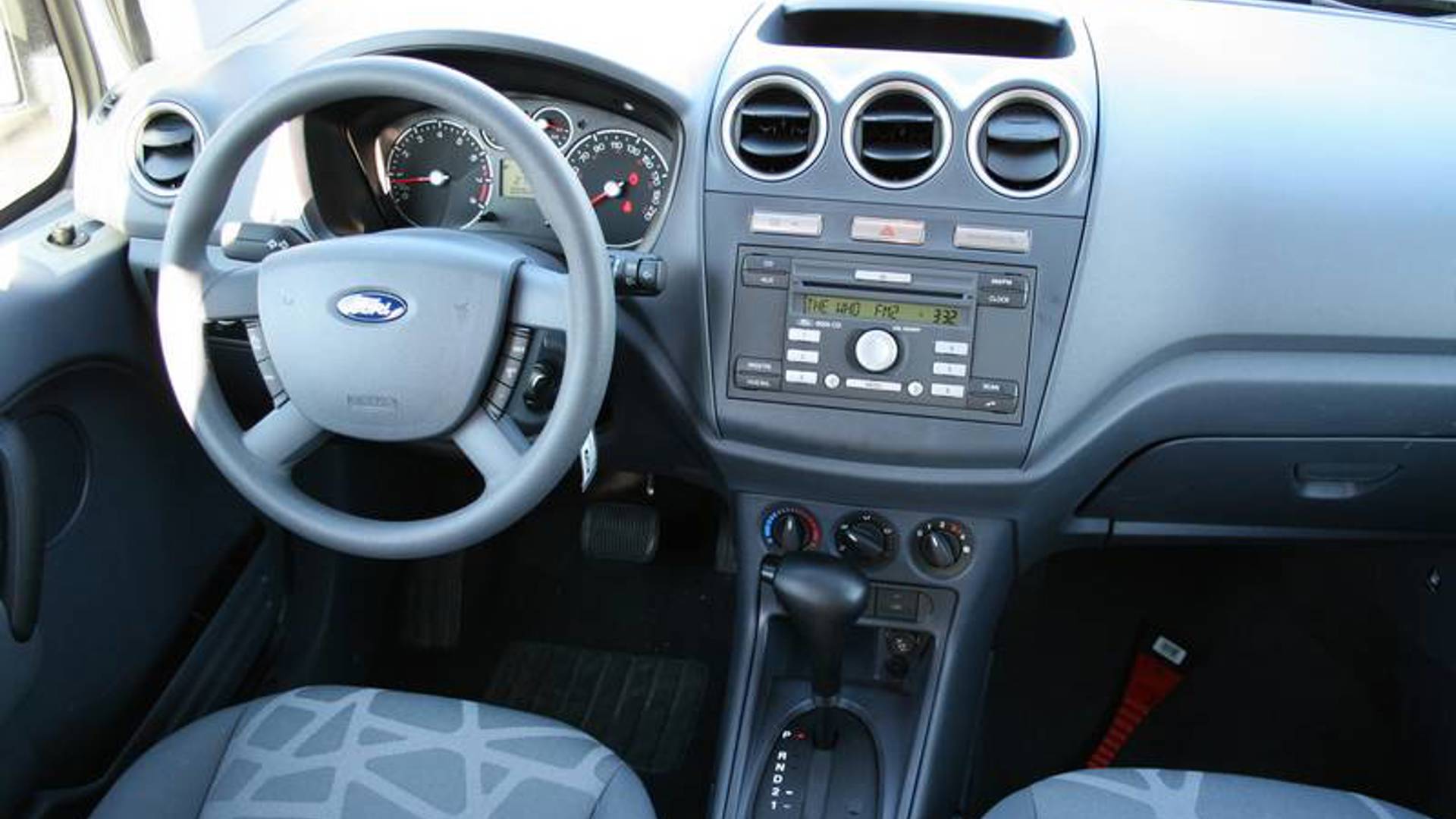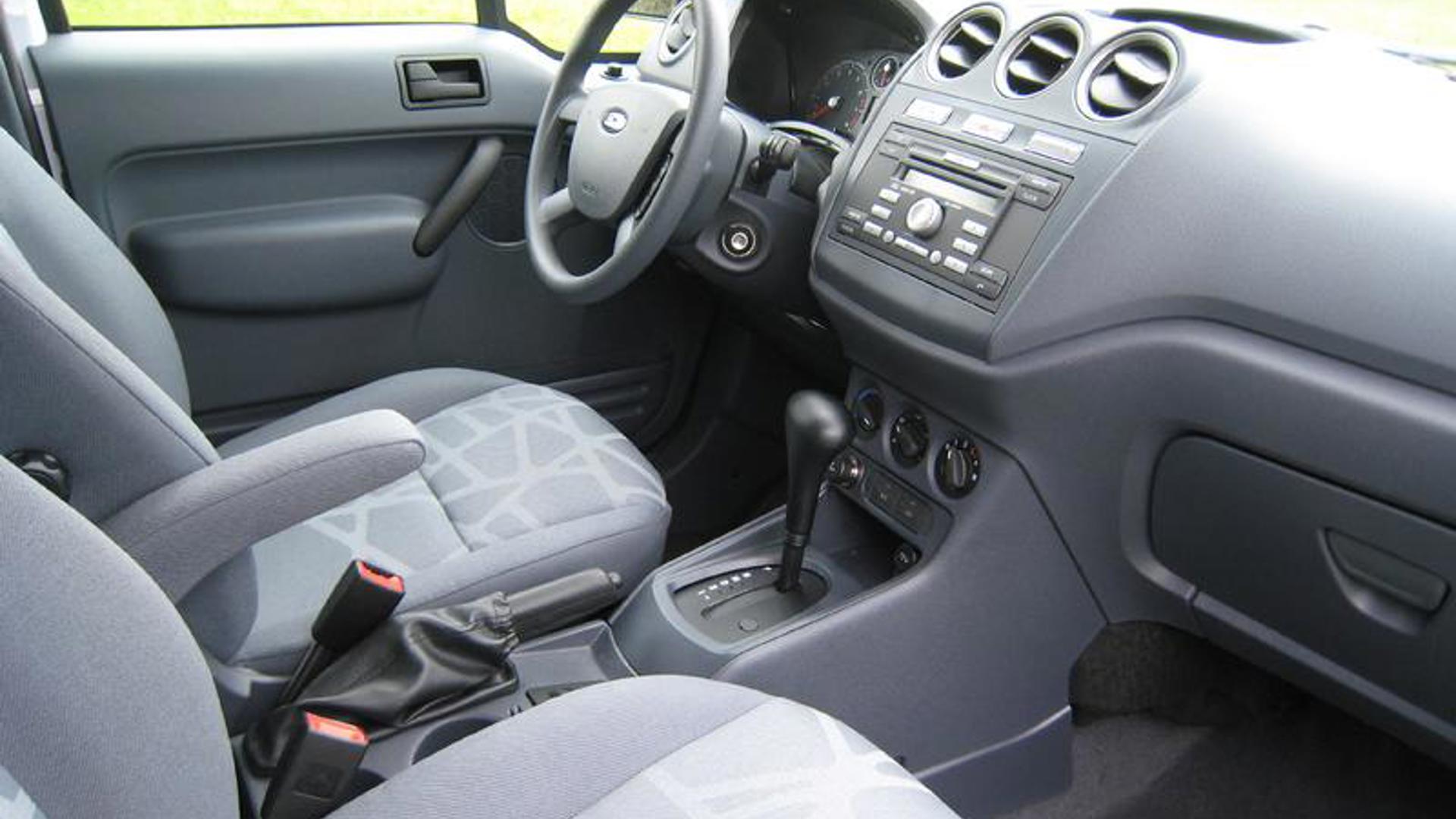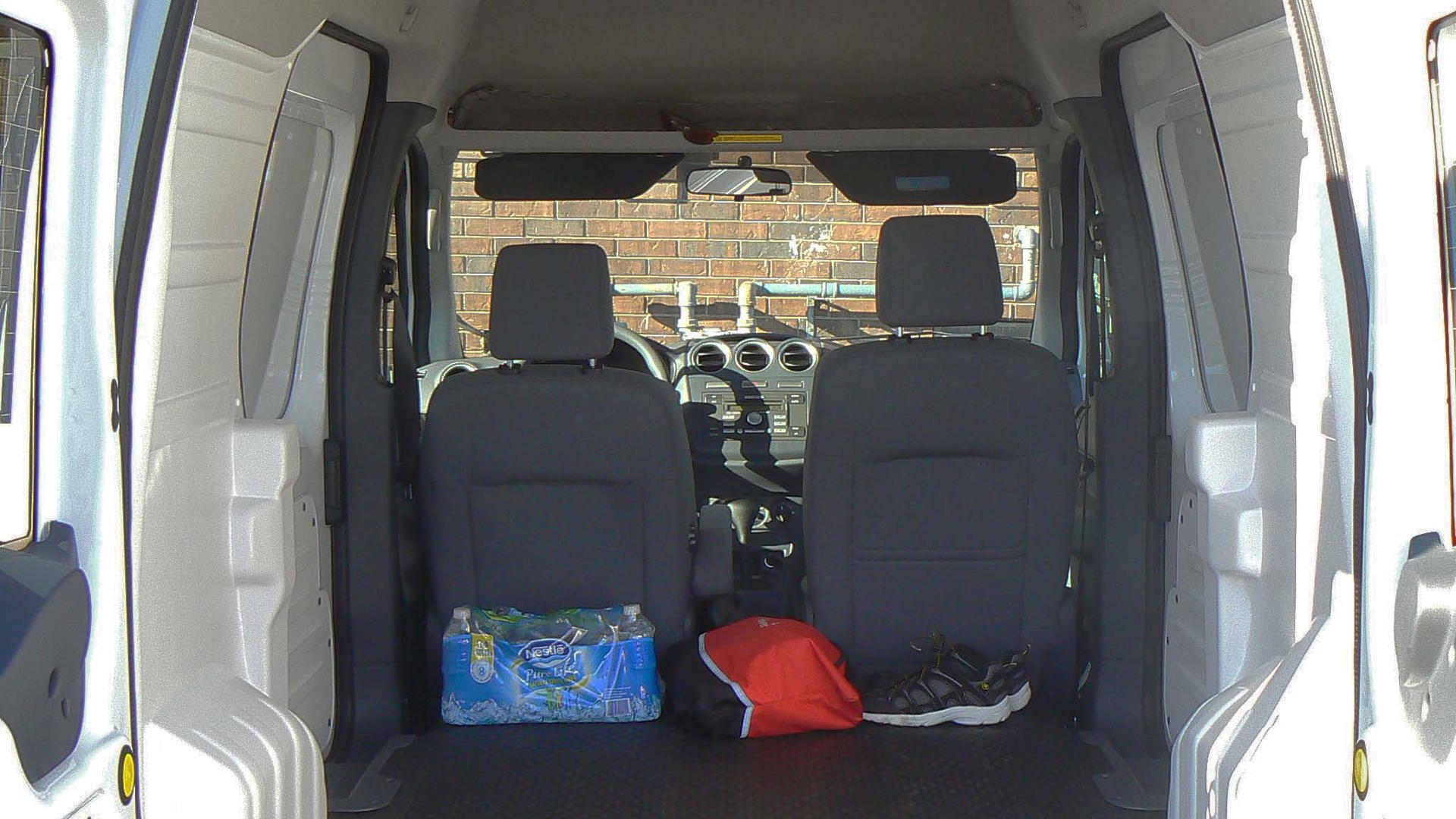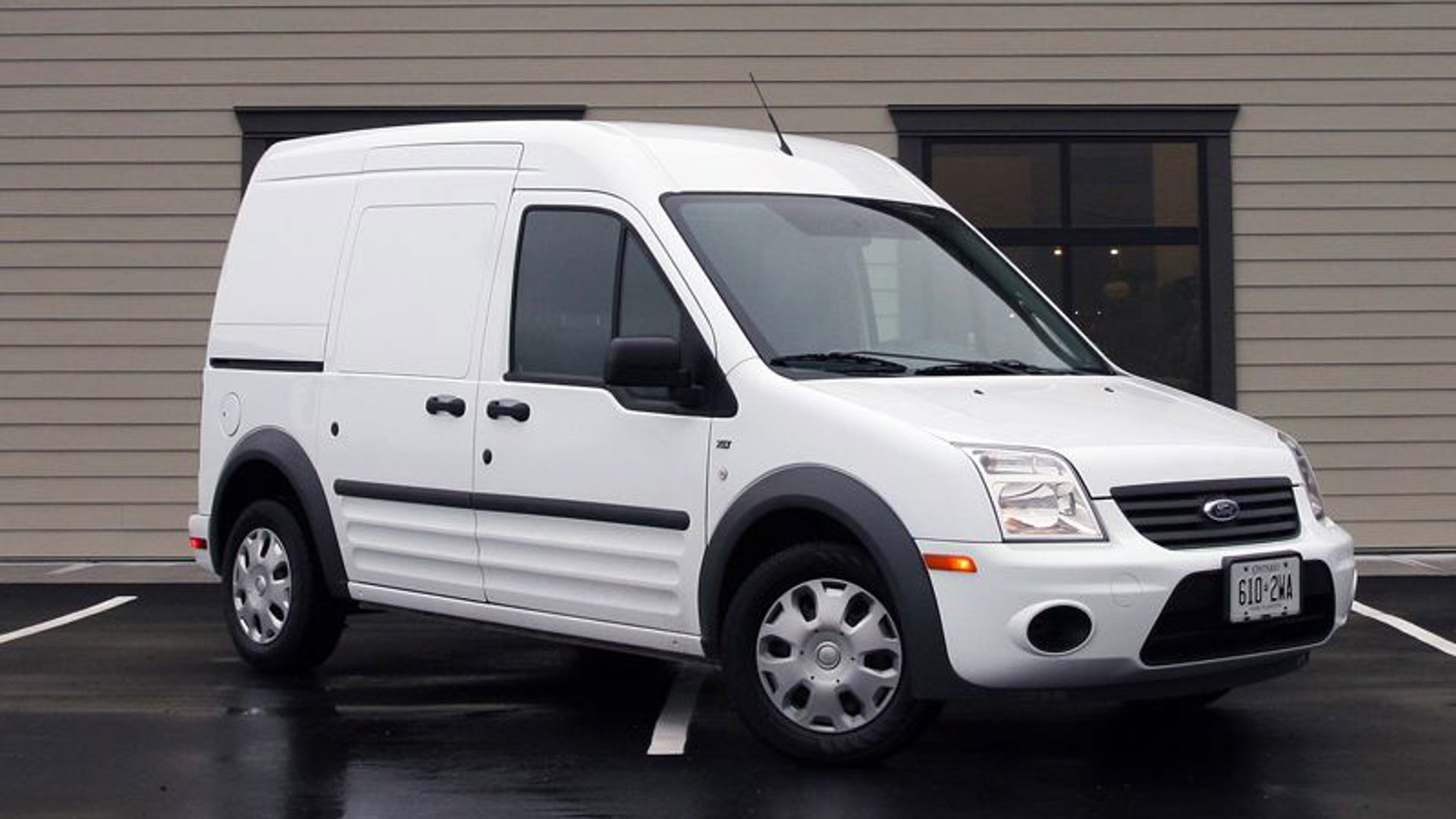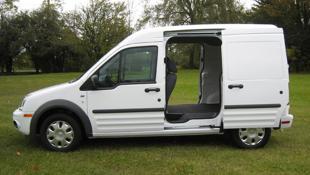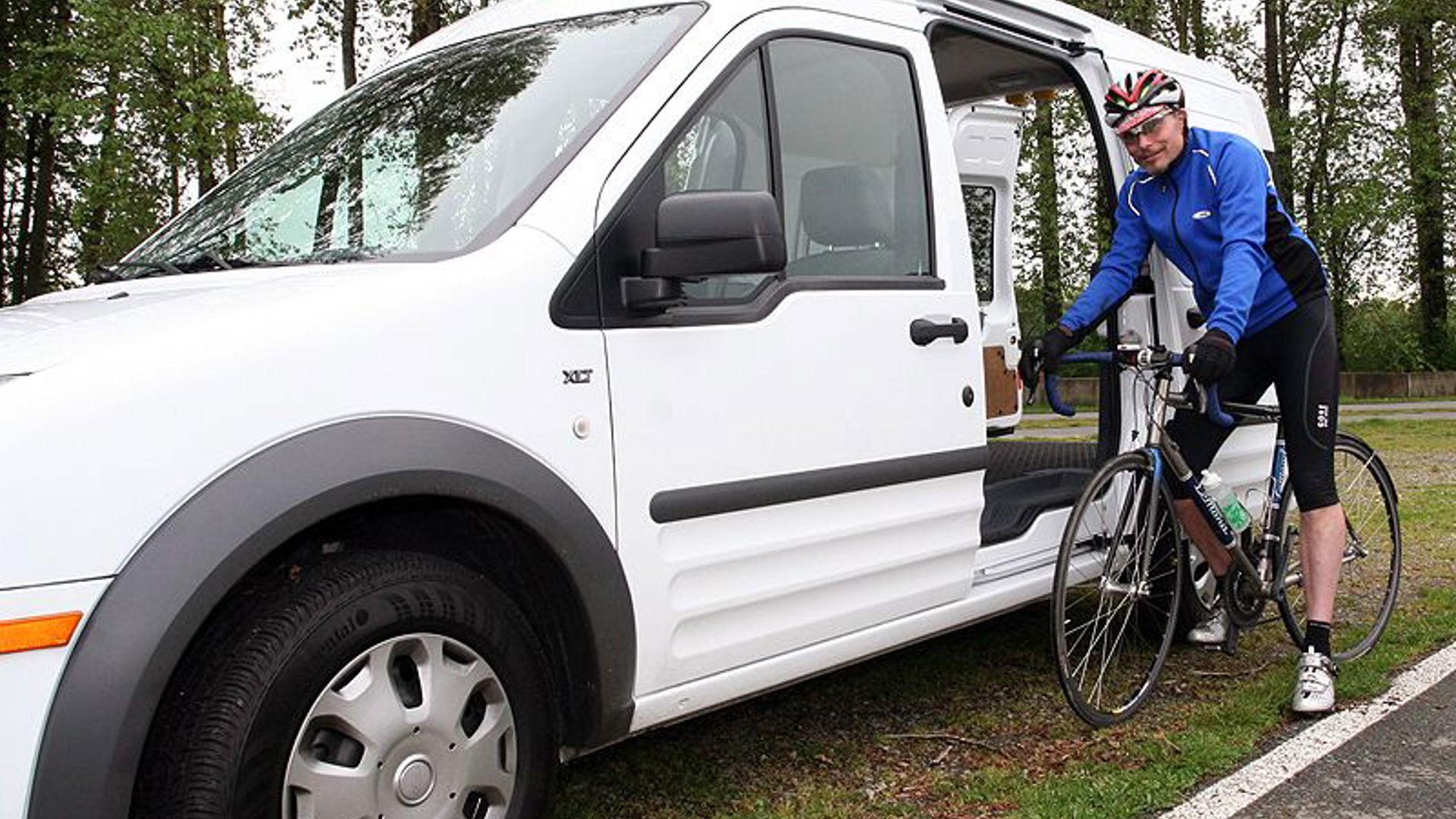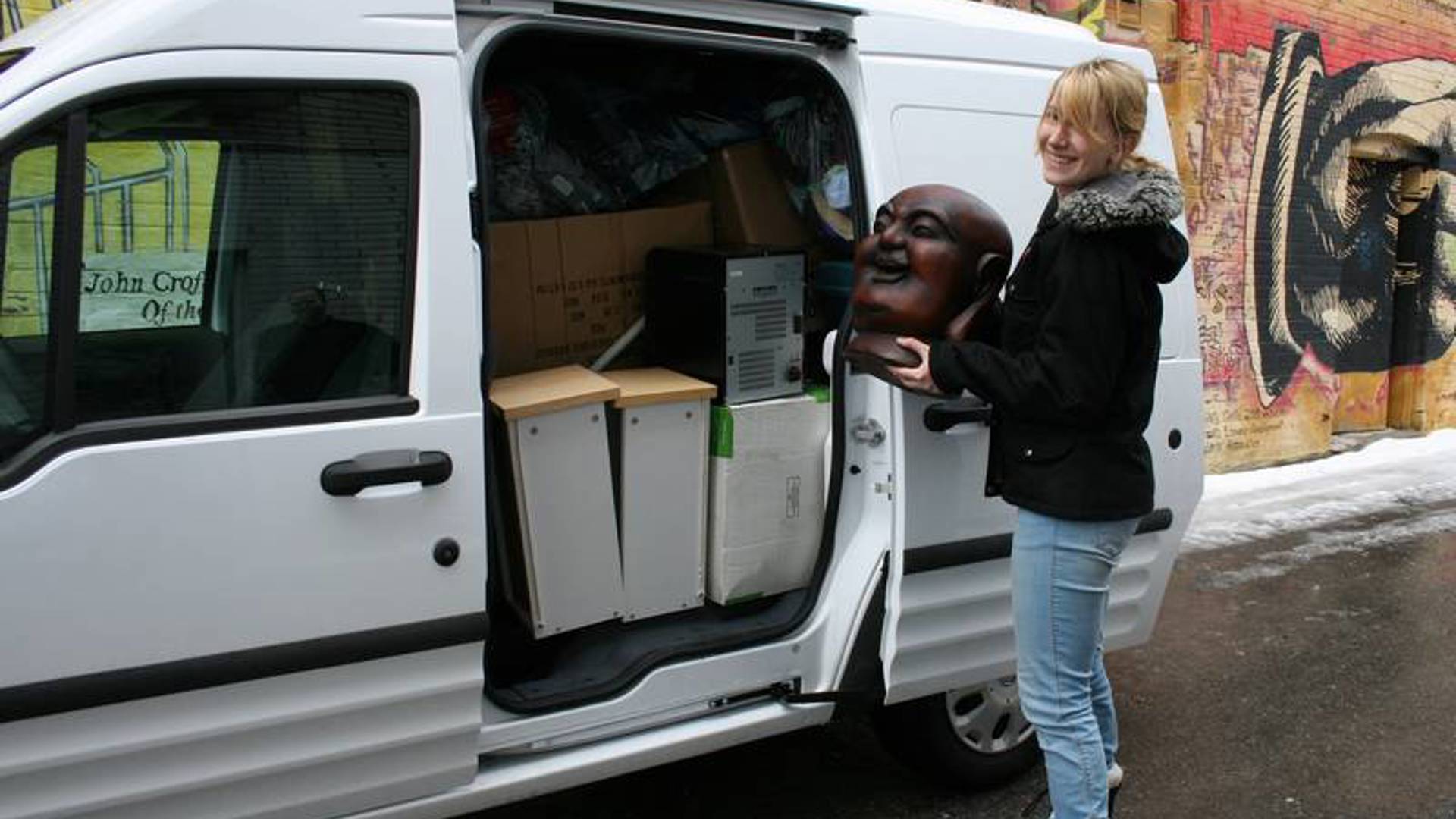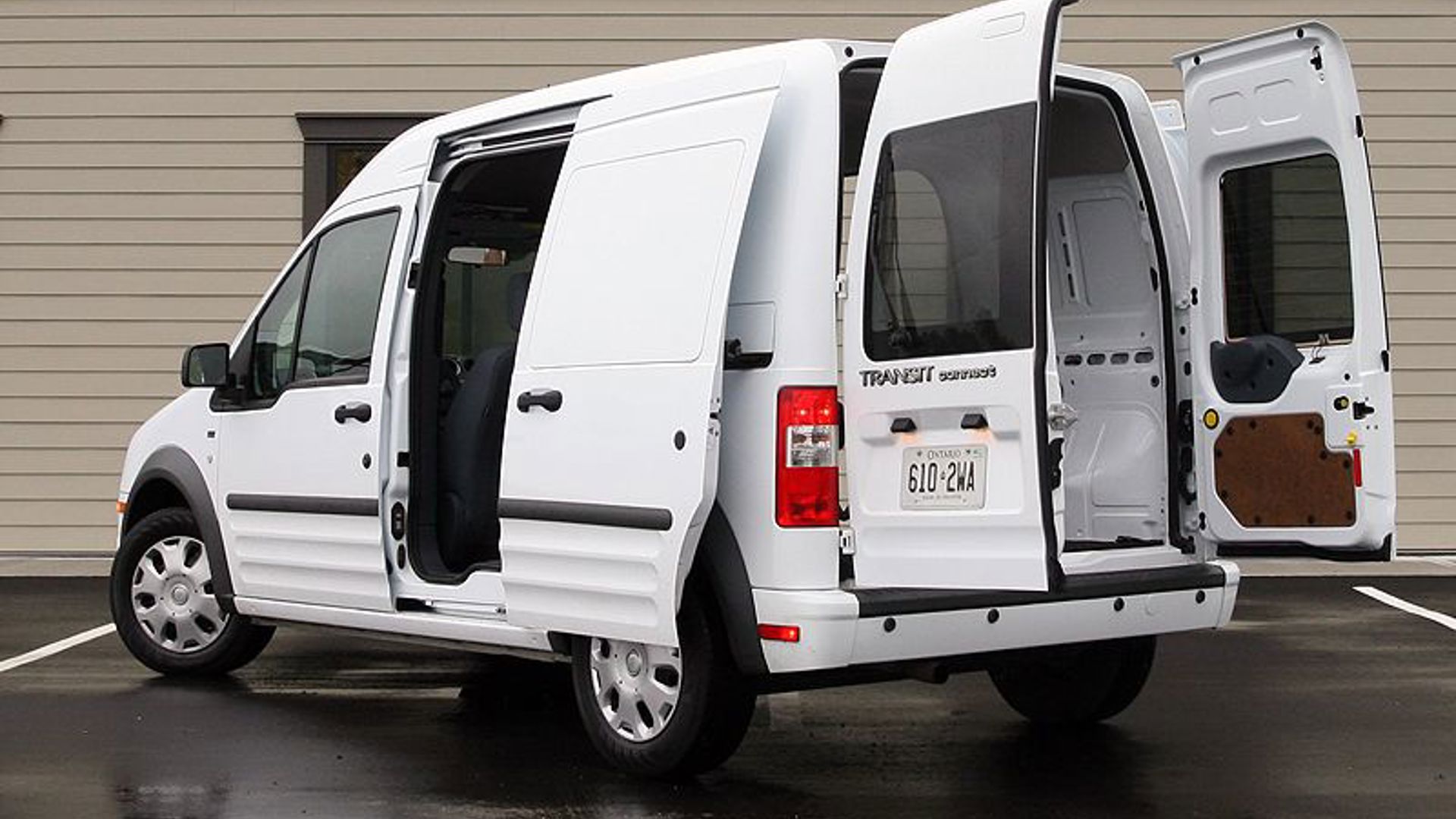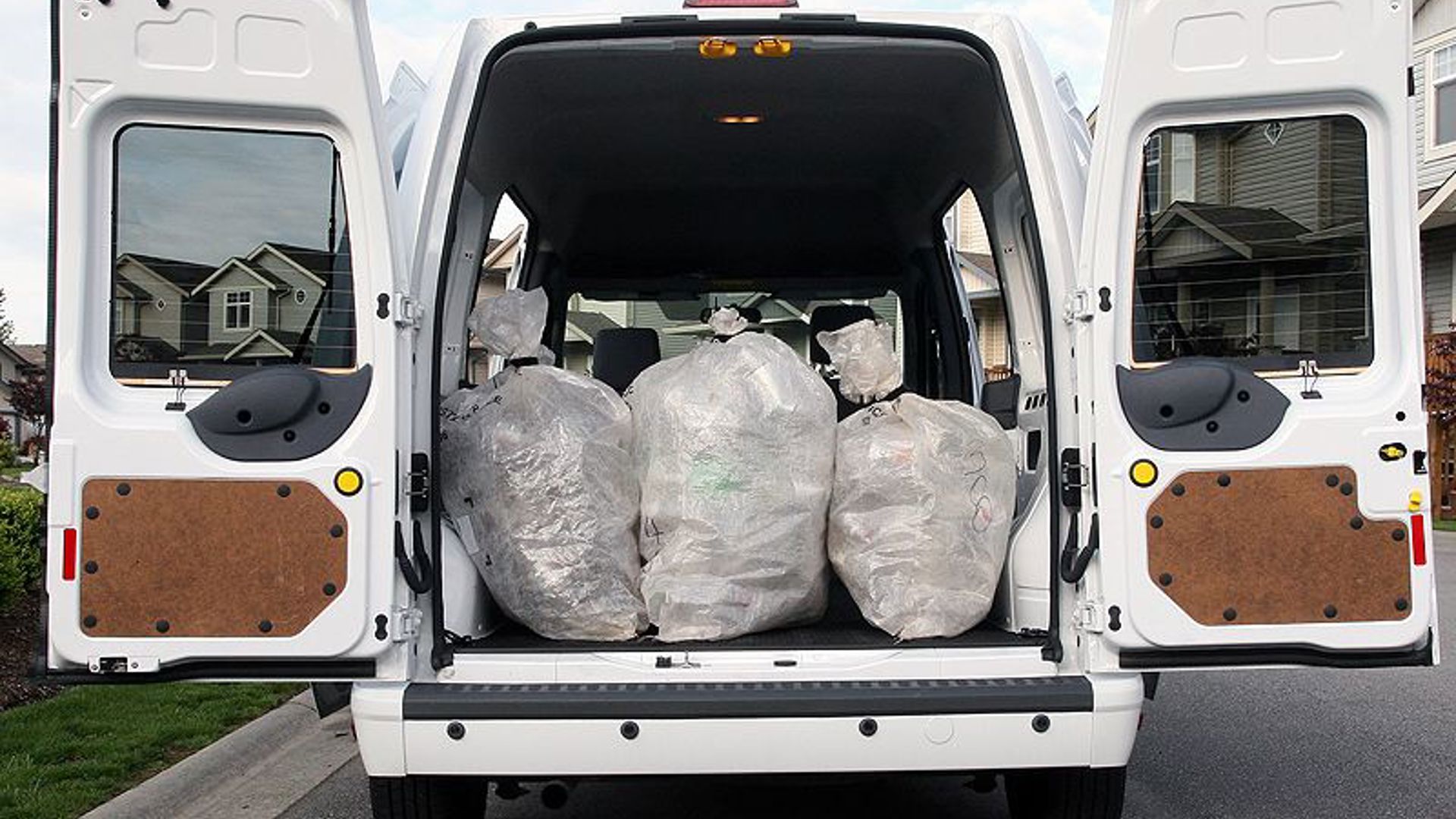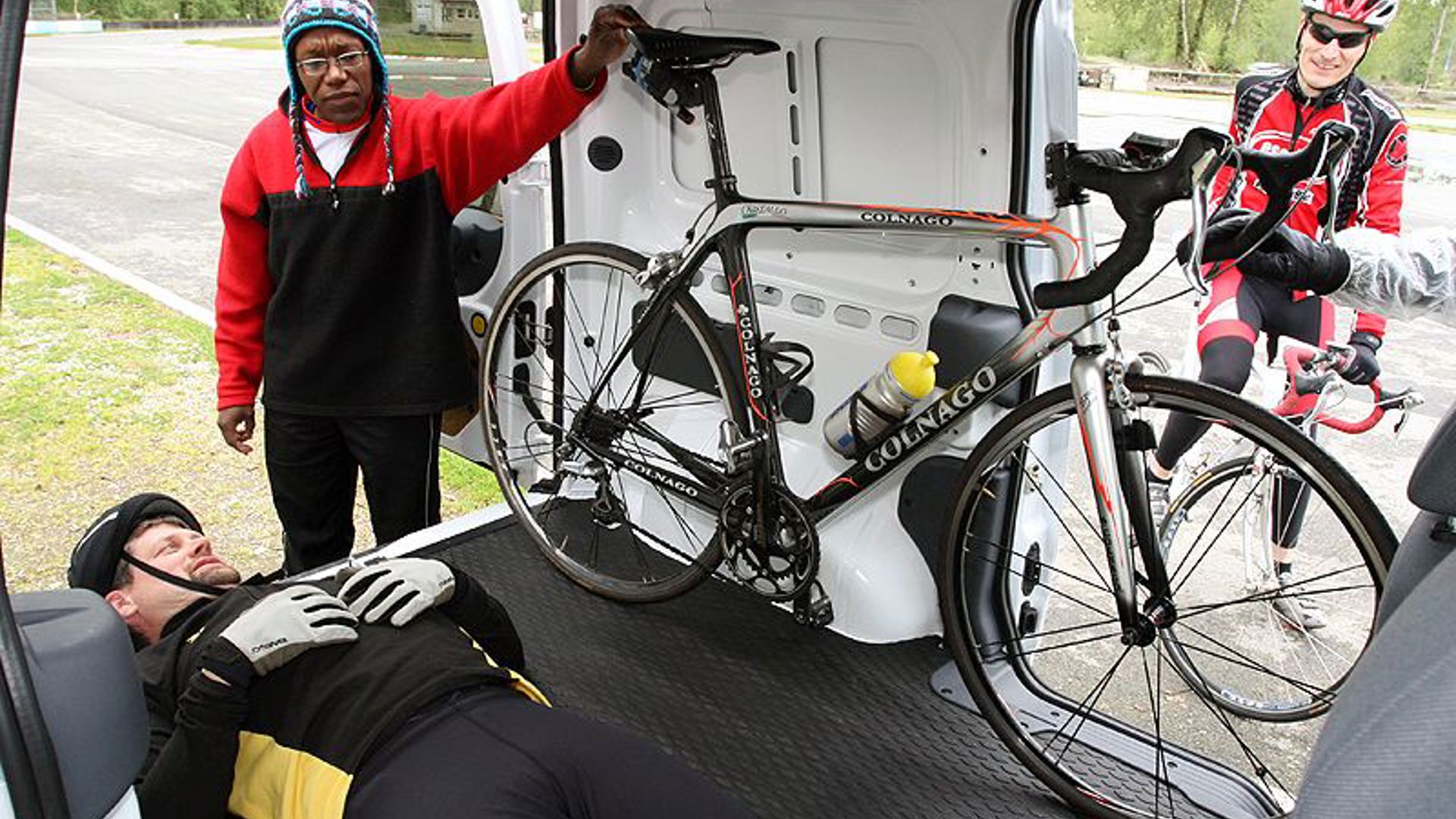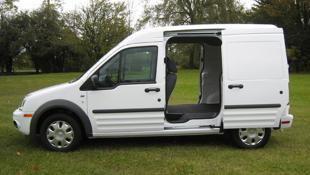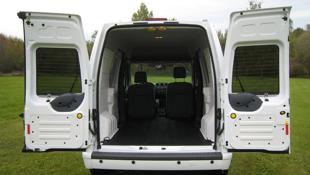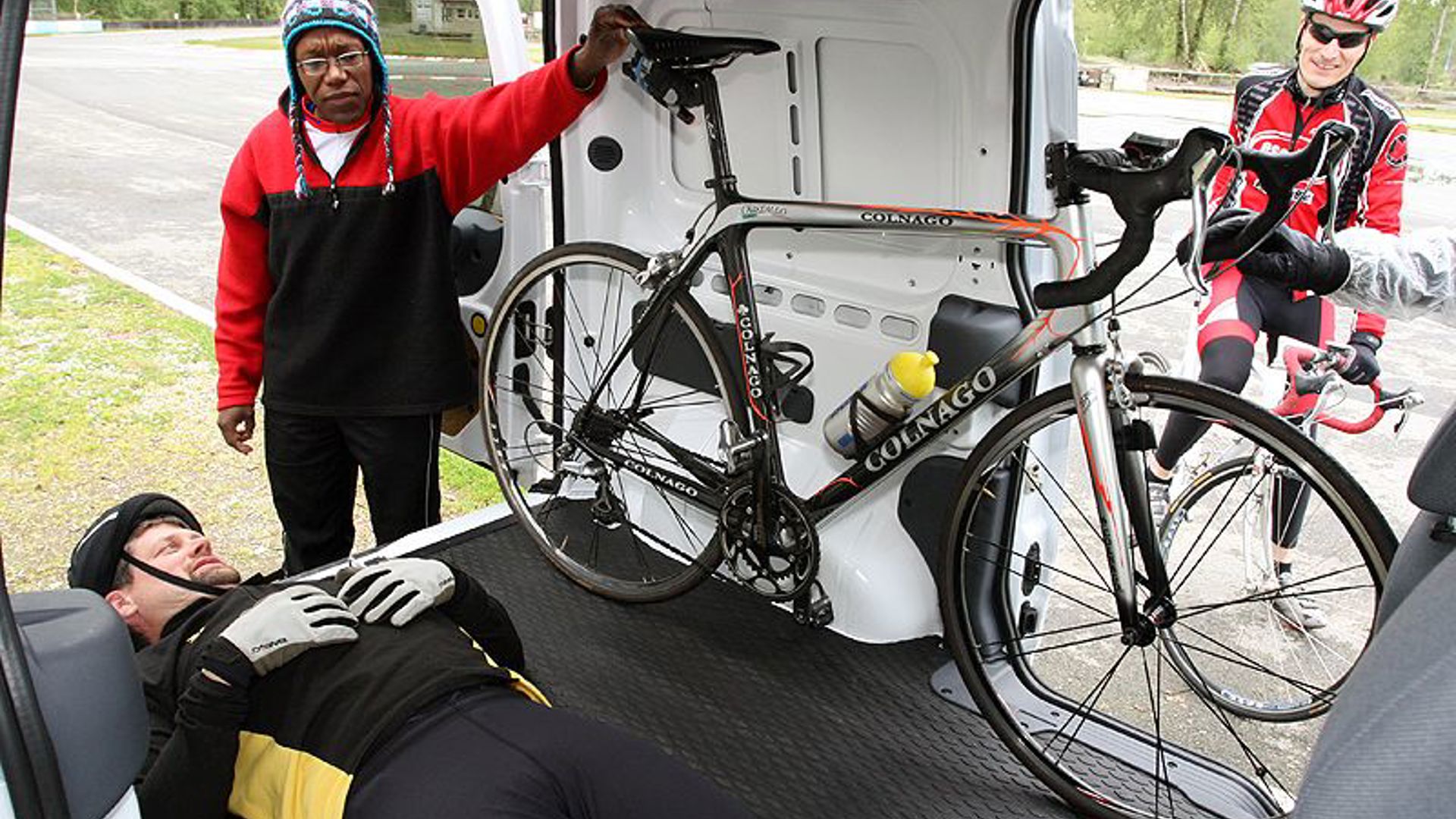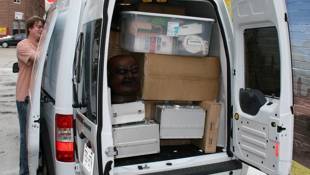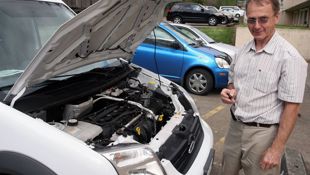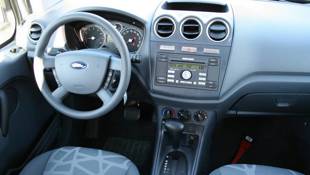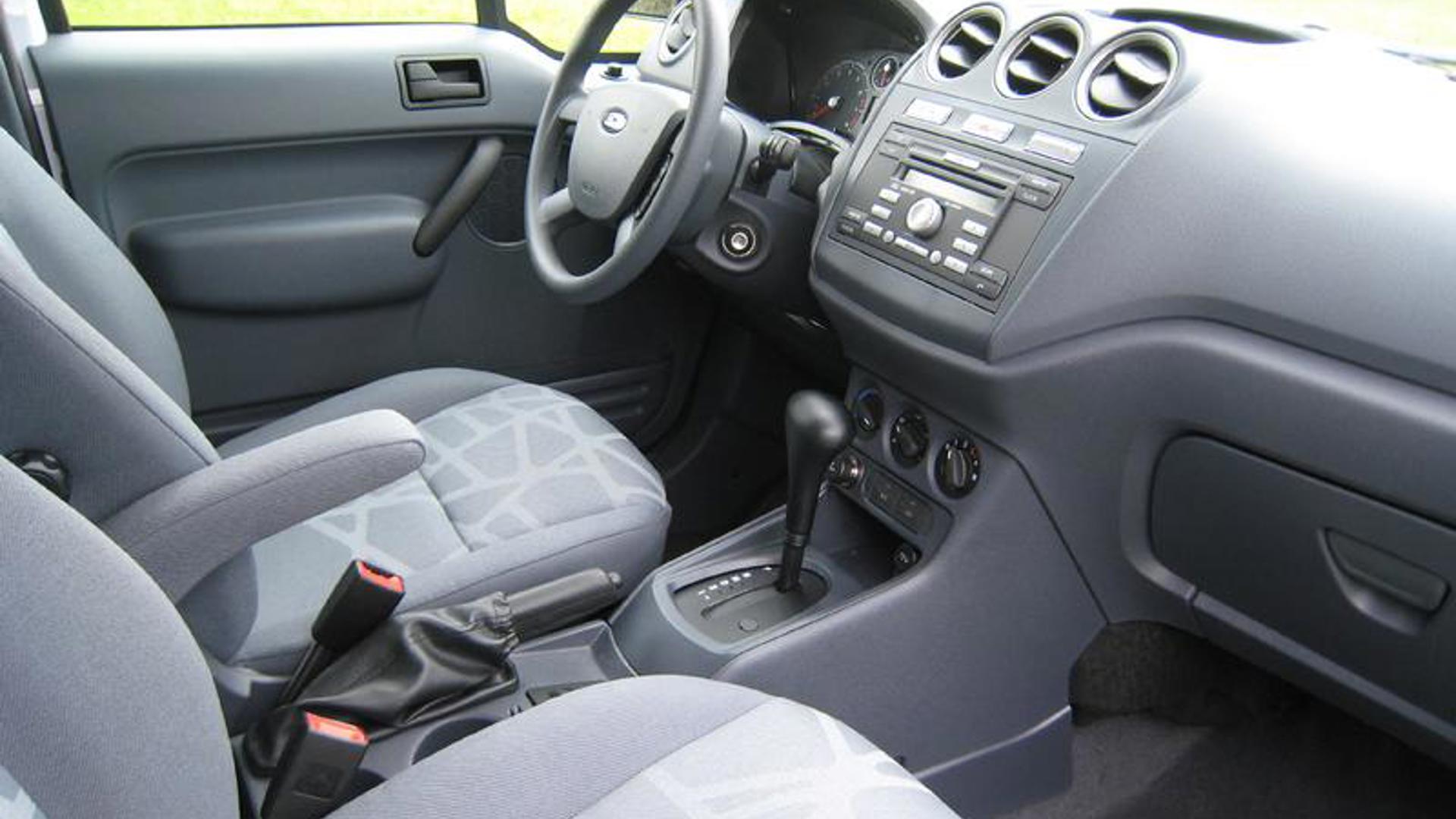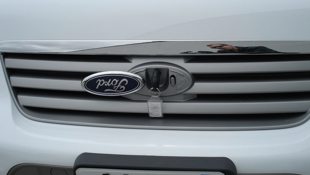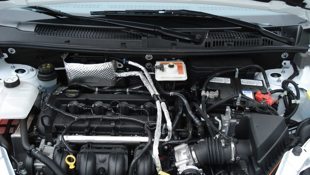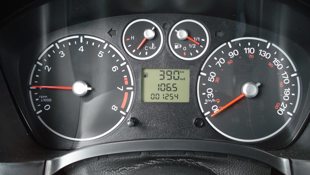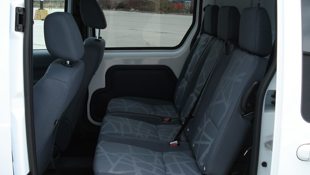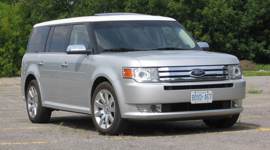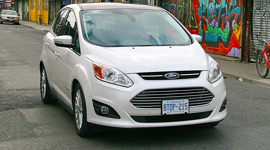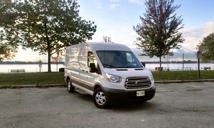Vehicle Type
With four-cylinder power and front-wheel drive, the Ford Transit Connect was a compelling machine for shoppers and businesses after a thrifty delivery vehicle, mobile workshop, and the like.
Van
History/Description
Businesses vary immensely, as do the transportation needs of their owners. Despite this, work vans in our market were, for ages, largely limited to full-sized Ford, Dodge, or Chevrolet models with big six- or eight-cylinder engines. Shoppers after something smaller and lighter-duty typically found themselves left out – but the Ford Transit Connect changed this when it launched in 2009.
Ford’s Transit Connect van launched in Canada for model year 2010, and the first generation of this globally based machine went on through 2013. With four-cylinder power and front-wheel drive, the Ford Transit Connect was a compelling machine for shoppers and businesses after a thrifty delivery vehicle, mobile workshop, and the like.
It wasn’t one of the wide-shouldered big-boys when it came to commercial vans, but Transit Connect did deliver a more agile and economical package with many car-like attributes. Also, in white and black with the raised roof, Transit Connect offered up plenty of open space for the installation of custom signage.
Many used units will offer two front seats and an open rear cargo hold with a raised, rubberized floor. The walls surrounding the cargo area are lined with replaceable wear panels, and a large overhead bin above the windshield is ideal for storing smaller items. Other models, like the Transit Connect Wagon, have additional seating for those who need to haul more passengers and less cargo.
Transit Connect sits low to the ground for easy loading and unloading of gear and passengers, and there’s a sliding door on each side. The driving position approximates that of a family sedan, and forward visibility is great, thanks to the tall windscreen.
Feature content may include back-up radar sensors, cruise control, a CD player, and a driver armrest. Remote access, remote start, and power locks, as well as Ford’s Sync system, may also be present. Check the feature content of the used Transit Connect you’re considering carefully, as numerous configurations were available.
Engines/Trim
All models from this generation ran a 2.0L four-cylinder engine with a four-speed automatic transmission driving the front wheels. Transit Connect Wagon is the model with additional seating for passenger-hauling use, and Transit Connect Cargo Van had two front seats only, but more cargo space. A Taxi Prep package was also available.
What Owners Like
Many owners appreciate the Transit Connect’s generous space, easy maneuverability, small footprint, good fuel mileage, and easy entry and exit. Good around-town driving manners and overall flexibility are also highly rated.
What Owners Dislike
Some owners wish for a more planted feel at highway speeds, and report less-than-expected stability when driving in rain or snow. Outward visibility while reversing is limited, thanks to the lack of a rear window on some models.
The Test Drive
Be on the lookout for possible transmission issues, as some owners have reported out-of-warranty transmission failure at relatively low mileage. Though most Transit Connect vans do not suffer transmission failure, some owners have noted clumsy shifting or unwanted humming, dragging or scraping noises as a precursor to transmission failure. In many cases, that failure is quick, total, and occurs with minimal warning. Here’s some more reading.
One sentiment in the owner’s community suggests that the Transit Connect’s four-speed automatic transmission, which was commonly used in many compact cars of the era, may be overworked by the Transit Connect’s additional weight, and the added weight of its gear and passengers.
Note that failure to properly maintain the transmission, with on-time fluid and filter changes, can also accelerate transmission wear and shorten its lifespan. Confirm that the transmission in the Transit Connect you’re considering is shifting smoothly, doesn’t make any strange sounds, and that its fluid is fresh and not overdue for a change. If it is, budget to have a fluid change before agreeing to purchase. A Ford technician should also check for signs of transmission fluid leakage, particularly near the front axles.
Next, if equipped, make sure the cruise control on the unit you’re considering is working properly. If not, confirm that both system fuses are intact, and that the brake lights all work. If this isn’t the case, a bad brake pedal switch may be the problem. If it isn’t, have the vehicle scanned for trouble codes stored within its ECU, whether or not a Check Engine light is illuminated. The presence of some engine trouble codes may deactivate the cruise control as a safety measure. If none of the above fixes non-operational cruise control, the vehicle’s PCM may need reprogramming or replacing. Here’s some more reading.
If equipped, give the Ford Sync system a workout. Pair your phone, make and receive a call, and confirm all touchscreen touch points work as expected. You’ll want to ensure all software updates, available from your local Ford dealer, have been installed to the system, too. Note that sometimes, a Sync system that’s being a pain needs a simple reset.
Pop the Transit Connect’s hood, which requires use of the vehicle’s key in a special slot in the front grille. Confirm that you’re able to open the hood with the key as outlined in the owner’s manual, since some owners have reported problems with the tumbler in the key lock cylinder, which may be damaged or corroded. If the hood release mechanism is working properly, be sure to keep it clean and lubricated on a regular basis, to ensure it lasts as long as possible. Some owners in harsher winter climates report that this part can corrode and fail after a few years, leaving the hood latch inoperable. Here’s some more information.
Further, noting that some owners have reported less-than-stellar durability from the TC’s paint job, shoppers are advised to scrutinize the finish for signs of paint that’s peeling, flaking, or wearing out. Inspect the unit you’re considering carefully for rust, including on the lower, inner edges of all doors. Confirm that the cargo area of the model you’re considering isn’t showing excessive damage or wear, as this can reduce resale value, and may indicate that the vehicle hasn’t been well cared for by previous owners / operators.
Confirm that the engine’s electric cooling fans work properly, as failure may result in overheating of the engine when idling for an extended period. Finally, confirm that all door locks, power lock switches, and remote keyfobs (if equipped) work properly, on all doors. Pay close attention to the door latches, releases and locks, inside and out, as they’ve likely been heavily used and may be worn or broken. Now’s the time to be sure the seller isn’t trying to pass off a repair bill for a busted door lock or latch.
Finally, consider a professional check of the Transit Connect’s suspension and braking systems by a professional technician for maximum peace of mind. Higher mileage units, or units used as in-city delivery vehicles, may be subject to accelerated wear of brake and suspension parts – and a professional can quickly identify any problems, or parts that may need imminent replacement. The (approximately) $100 cost of a pre-purchase inspection can reveal hundreds of dollars of potentially worn out parts, and is a great investment for peace of mind.
The Verdict
Though some reports of transmission failure and fussy locks or latches dull the Transit Connect’s appeal slightly, the majority of owners report satisfaction with a flexible, thrifty, and handy delivery vehicle that’s easy to drive and easy on the wallet, for a wide variety of uses.
Here’s a short list of recalls.
Crash Test Ratings
IIHS: N/A
NHTSA: 2/5 Stars (2012)
